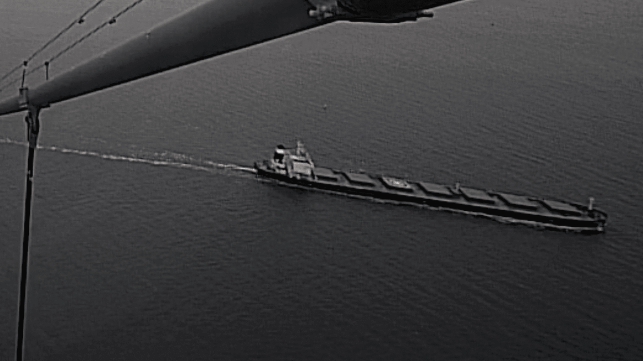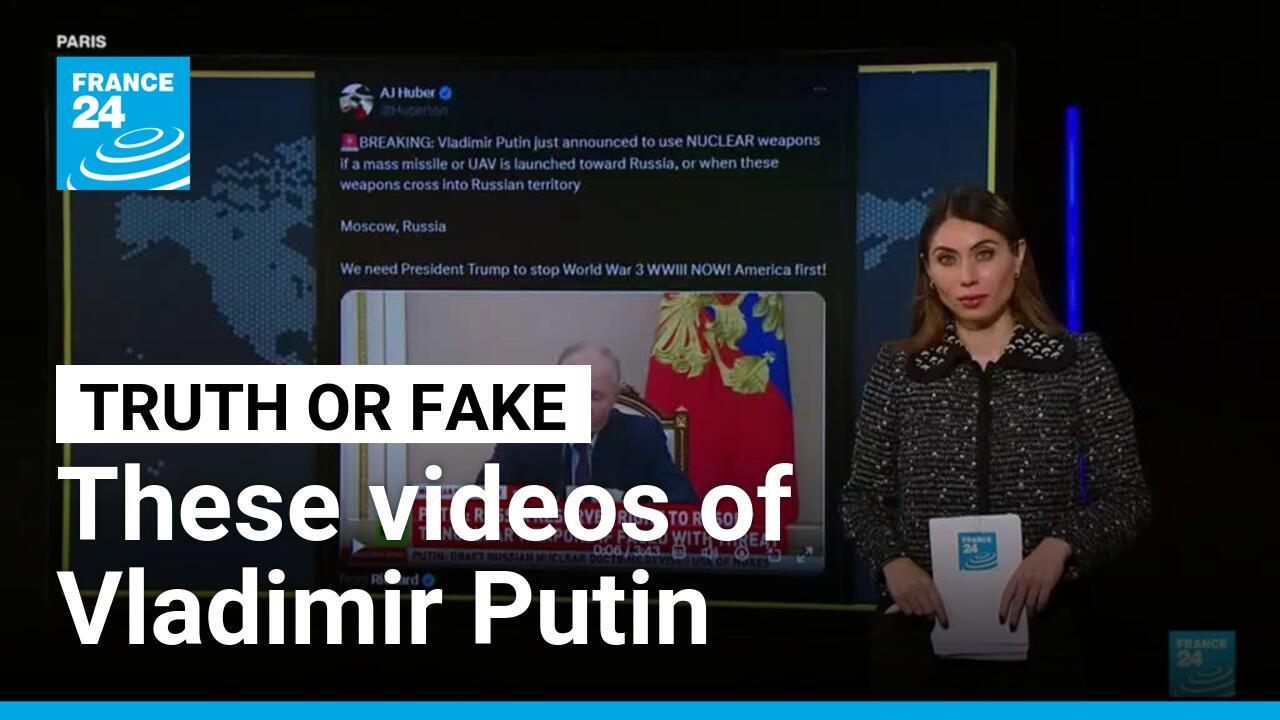
U.S. Labor Department Acting Secretary Julie Su speaks at Wednesday's Hall of Honor ceremony about Filipino labor leader inductees Larry Dulay Itliong, Philip Vera Cruz and Peter Gines Velasco, who "shaped the fabric of American history." Photo courtesy of U.S. Labor Department
Nov. 20 (UPI) -- The U.S. Labor Department inducted three Filipino labor leaders, who led California's Delano Grape Strike in 1965 to win higher wages and better working conditions for farmworkers, into the department's Hall of Honor on Wednesday.
"I'm honored to induct Larry Dulay Itliong, Philip Vera Cruz and Peter Gines Velasco into the Department of Labor's Hall of Honor, where they take their rightful place among giants in the labor movement who have shaped the fabric of American history," Acting Secretary Julie Su told the audience at Wednesday's ceremony.
Itliong, Vera Cruz and Velasco are credited with organizing the Agricultural Workers Organizing Committee in 1959 at California's Filipino Hall in Delano.
In 1965, the AWOC led the Delano Grape Strike, as more than 800 Filipino grape field farmworkers went on strike at 10 California vineyards and boycotted the state's grape growers.
"Itliong, Vera Cruz and Velasco rallied farmworkers -- who endured prejudice, low wages and poor working conditions -- to courageously organize for fairer wages and humane treatment, all while providing food for families across the country," Su added. "These three leaders instilled and inspired change for those who valiantly labor in the fields."
Advertisement
During Wednesday's ceremony, there was a musical performance from the cast of "Larry the Musical," which is based on the book "Journey for Justice: The Life of Larry Itliong." Acting Secretary Su also presented medals to the family members of Itliong, Vera Cruz and Velasco.
"In demanding fairness in the fields, they changed the course of history," said Su. "These immigrants represent the best of what our country can be. Justice is not a gift from the powerful; it is a demand from the brave."
Itliong went on to become one of the founders of the United Farm Workers union, where he spent decades advocating on behalf of farm and cannery workers, immigrants and Asian Americans. Itliong died in 1977.
Vera Cruz was also a leader in UFW, where he served as second vice president for 12 years. Vera Cruz helped construct UFW's retirement village for aging Filipino farmworkers in Delano. Vera Cruz died in 1994.
Velasco helped Itliong and Vera Cruz unite Filipino and Latino farmworkers during the Delano Grape Strike to ensure the 5-year strike would succeed where others had failed.
















